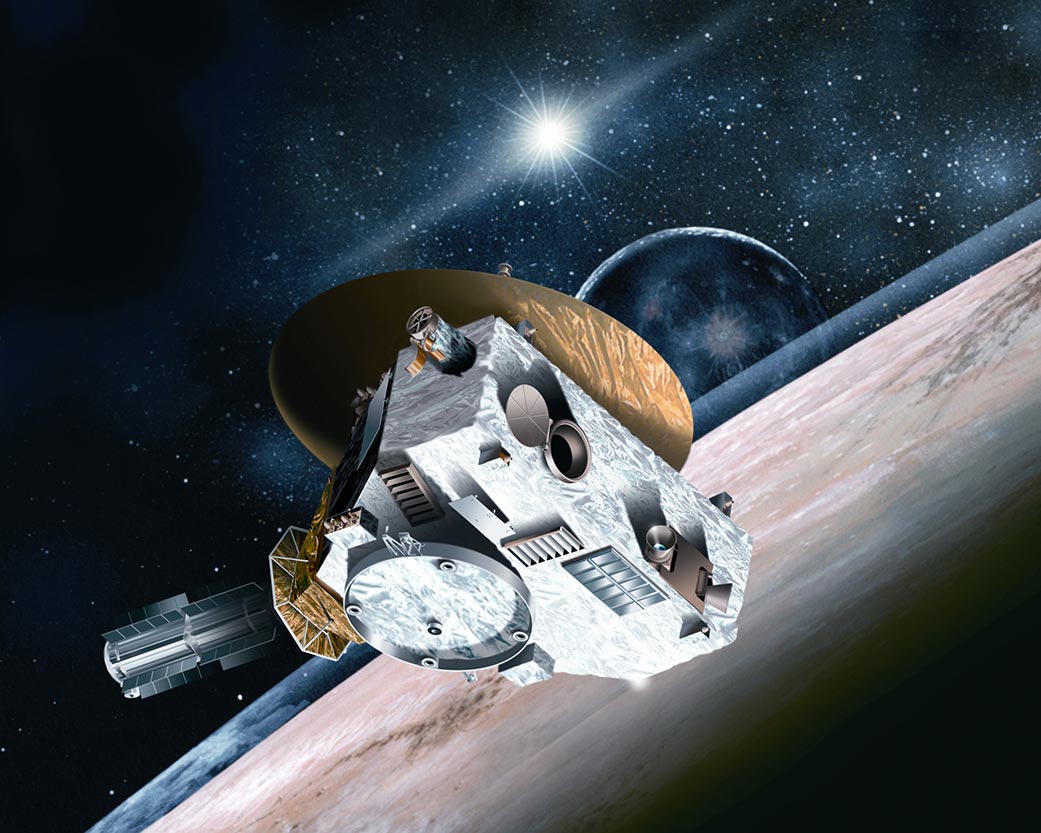NASA: Unexpected Discovery by the New Horizons Probe at the Edge of Our Solar System
Follow us on Google News (click on ☆)
The New Horizons mission, launched in 2006, has pushed the frontiers of our knowledge by exploring Pluto in 2015 and the Kuiper Belt Object (KBO) Arrokoth in 2019. Throughout its 18-year, 5-billion-mile (about 53 Astronomical Units) journey through the Solar System, this spacecraft has unveiled fascinating details about the Kuiper Belt, a vast region located far beyond Neptune, populated with hundreds of thousands of icy and rocky objects. These objects are considered the planetary building blocks of our Solar System.

Artistic conception of the New Horizons spacecraft.
Credit: Johns Hopkins University Applied Physics Laboratory/Southwest Research Institute
Utilizing the Venetia Burney Student Dust Counter (SDC), New Horizons detected higher-than-expected levels of dust, suggesting that the density of objects and dust in the Kuiper Belt could extend billions of miles beyond current estimates. This discovery could indicate the existence of an additional belt beyond the one already known, or a significant expansion of the region.
These results were published in the February 1 issue of The Astrophysical Journal Letters. They shed light on the complexity of the Kuiper Belt and its ability to generate dust through collisions among its objects or the impact of microscopic dust coming from outside the Solar System.
Over the past three years, as New Horizons traveled from 45 to 55 Astronomical Units (AU) from the Sun (one AU is the distance between the Earth and the Sun, about 93 million miles), the SDC instrument recorded these surprising amounts of dust. These observations, coupled with discoveries from ground-based telescopes like the Japanese Subaru in Hawaii, suggest that the Belt could extend up to 50 AU or beyond.
Scientists continue to explore other possible reasons for these high levels of dust detected by the SDC, including the hypothesis that radiation pressure and other factors might push the dust created in the inner Kuiper Belt beyond 50 AU.
As New Horizons continues its journey, aiming beyond 100 AU from the Sun, this mission has the unique potential to uncover even more about the Kuiper Belt, dust sources, as well as interstellar dust.